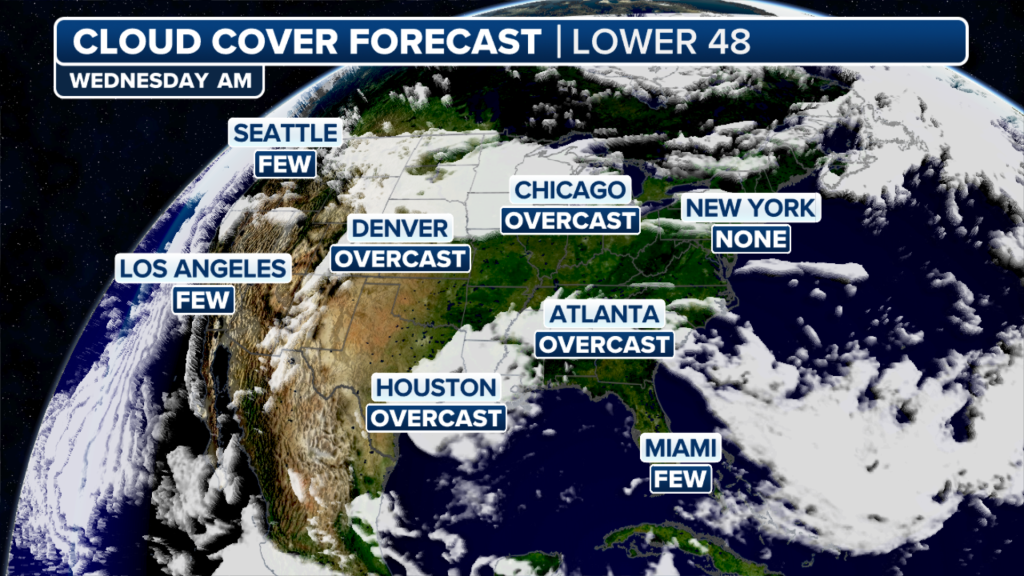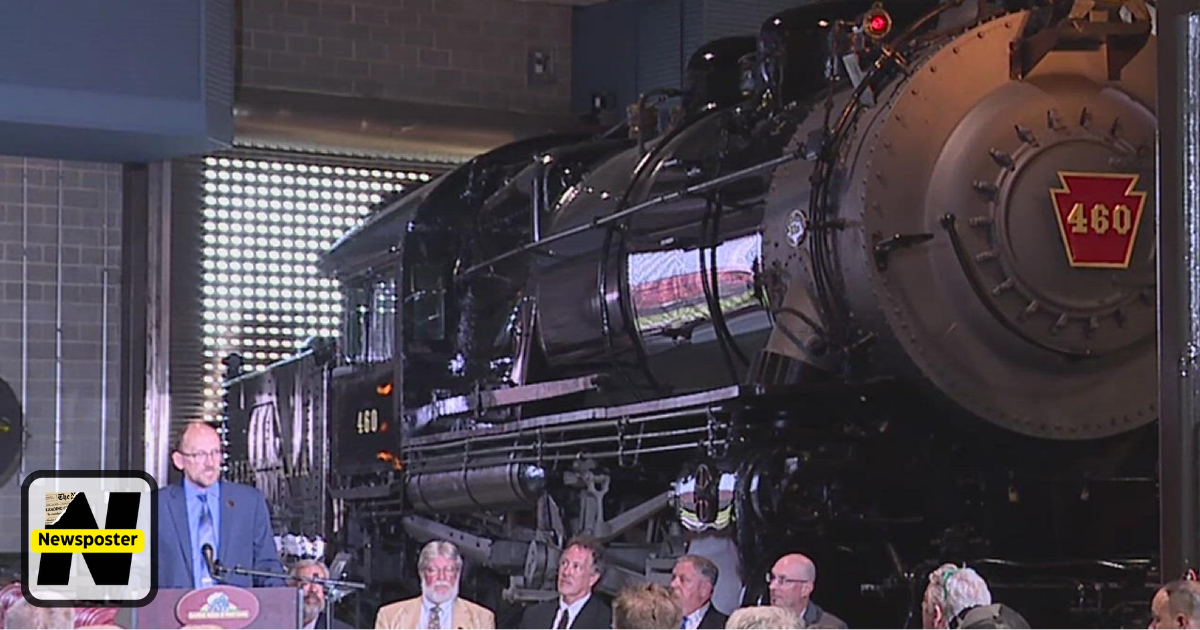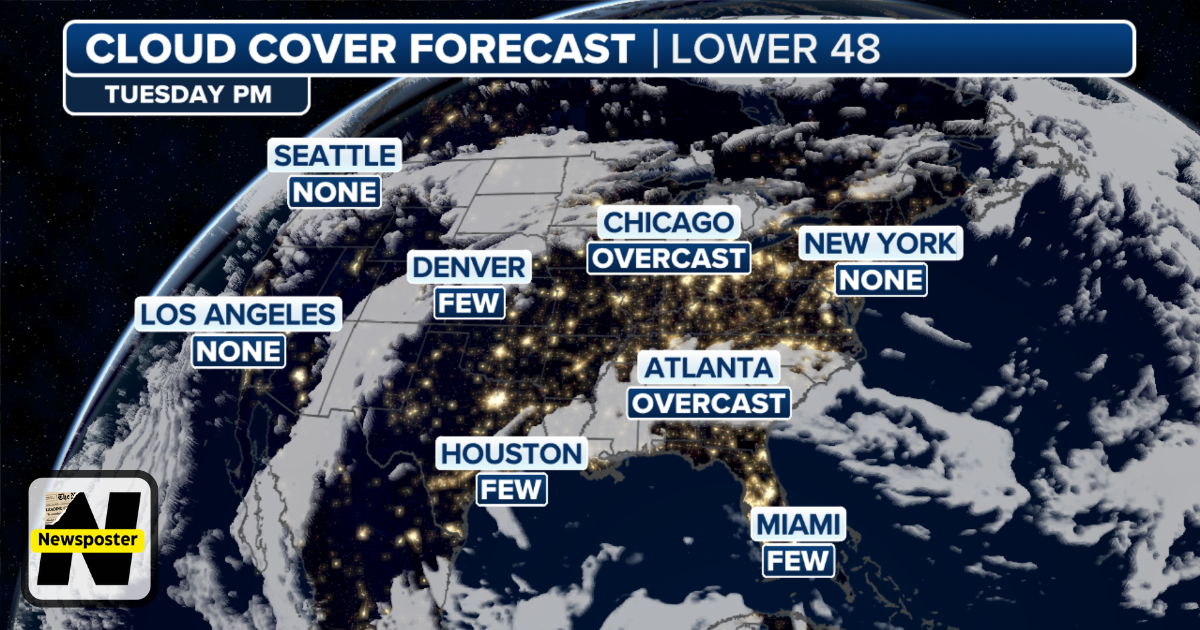A weakening heat dome bringing record-breaking temperatures across the U.S. this week means the best time to be outside is after dark. That sets the stage for an excellent chance to see some meteors as two usually modest meteor showers peak at just the right time.
From Tuesday night into early Wednesday, skywatchers can catch the Alpha Capricornids and Southern Delta Aquariids meteor showers, both reaching their peak. The Alpha Capricornids, created by comet 169P/NEAT, have been active since early July and will continue through August 13. The Southern Delta Aquariids, linked to comet P/2008 Y12, started on July 18 and will last until August 12.
Both showers typically produce about 5 to 10 meteors per hour during peak times. The Southern Delta Aquariids appear near the constellation Aquarius in the southern sky. This year’s timing is especially favorable as the peak coincides with a waxing crescent to first-quarter Moon, which is only about 25% illuminated, offering darker skies that improve meteor visibility.
Dark, clear skies far from city lights give the best chances for spotting meteors, as light pollution and a full Moon can obscure the view. This summer, three meteor showers are active, including the well-known Perseids, which started on July 17 and continue until August 24. The Perseids, originating from Comet 109P/Swift-Tuttle, usually produce about 25 meteors per hour, with up to 100 visible under ideal dark conditions.
However, this year the Perseids’ peak falls just after a nearly full Moon, which will wash out much of the display, making only the brightest meteors easy to see.













